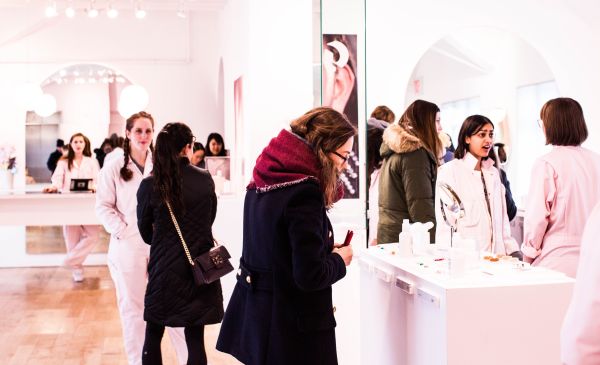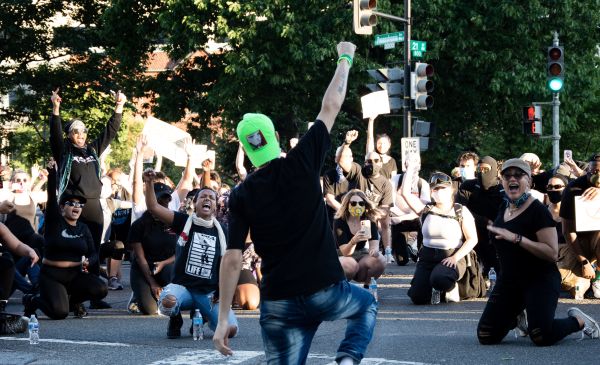The new omnichannel consumer who seems to be always on, and who receives input from many different sources, is a mixed blessing for marketers.
On the one hand, companies no longer control where customers find and evaluate their alternatives. Today it’s more about trying to be everywhere, or at least at the stops you know consumers routinely make on their journeys.
On the other hand, there’s a lot to be said for having an engaged consumer who proactively searches for the latest news about a range of products and services s/he may purchase in the next 15 minutes or in the next 15 months. Thus it’s vital for marketers to learn more about: “When does my customer’s problem become my opportunity?”
As we spend time together, the fundamental nature of the decision-making process shifts from a solo journey to a group experience. We know from 75 years of research that the (perceived) presence of others exerts a huge influence on an individual’s choices.
Classic studies like “The Milgram Experiment,” that induced ordinary people into delivering severe electric shocks when the experimenter pressured them, chillingly illustrate what peer pressure can push a person to do. Although the selection of a dress, tablet or car may not seem like the kind of life-or-death decision that people make in psychology experiments, approval or censure by a consumer’s “hive” can seem almost as dire in the moment.
Positive Implications For Brands
In addition to the compulsion to conform, we know that a person’s tolerance for risk changes when s/he is part of a group. In many cases we observe what social psychologists call a risky shift. This means that individuals tend to choose a riskier option when it’s a collective decision than each would make if left to their own devices. The well-documented “risky shift phenomenon” should make retailers sit up and take notice: The purse strings tend to loosen when people shop with others, either online or in stores.
Shoppers behave differently when they’re in the company of others. They tend to visit more areas of a store or mall, and their inhibitions about buying some items loosen up. Retailers should think about promotions that reward groups for patronizing their venues. The added ROI will be worth it.
Contributed to Branding Strategy Insider by: Michael Solomon. Excerpted and adapted from his book “Marketers, Tear Down These Walls!.”
The Blake Project Can Help: The Strategic Brand Storytelling Workshop
Branding Strategy Insider is a service of The Blake Project: A strategic brand consultancy specializing in Brand Research, Brand Strategy, Brand Growth and Brand Education




